Circular 29 regulates level crossings (excluding railways and roads on shared bridges; where railways intersect with specialized roads serving the operations of stations, ports, freight yards, factories, enterprises, and industrial parks); traffic in level crossing areas; the issuance and extension of construction permits, renovation, upgrading, and abolition of level crossings on national railways and specialized railways; the issuance and extension of construction permits for essential works within the land area reserved for railways.
Subjects of application are organizations and individuals involved in construction, renovation, upgrading, abolition, management, use, and maintenance of level crossings; traffic activities at level crossing areas; and construction of essential works within the land area reserved for railways.

Circular 29/2023 of the Ministry of Transport, effective from December 1, 2023, has many new regulations on level crossings (Photo: Level crossings with guards).
A representative of the Vietnam Railway Authority said that Circular 29 was issued to replace Circular No. 25/2018 and Circular No. 07/2022 of the Ministry of Transport regulating level crossings and granting construction permits for essential works within the land area reserved for railways, in order to comply with new legal documents and regulations as well as issues arising in practice. It focuses on amending and supplementing regulations related to railways on techniques and decentralization to improve the effectiveness of ensuring traffic safety at level crossings.
Accordingly, for newly constructed level crossings, Circular 29 stipulates that level crossings must be placed on railway sections with a straight plane. In special cases where it is difficult to place the level crossing on a curved railway section, it can only be placed on a circular curved railway section with a minimum radius of 300m, and cannot be placed on a transitional section.
The distance between two cross-roads outside urban areas must not be less than 1,000m; within urban areas must not be less than 500m, except in cases where existing roads are provincial roads or district roads intersecting with railways.
The level crossing must be located outside the station entrance signal pole; the nearest position of the level crossing must be at least 3.5m from the station entrance signal pole.
The intersection angle between railway and road is a right angle (90°); in case of difficult terrain, the intersection angle must not be less than 45 degrees and must ensure visibility according to the provisions of law on management and protection of railway infrastructure.
In case the newly built level crossing does not meet the prescribed conditions, when requesting approval for the level crossing construction policy, the project investor must clarify the site conditions and financial resources, ensuring compliance with the planning approved by the competent authority, and meeting the socio -economic development needs of the locality.
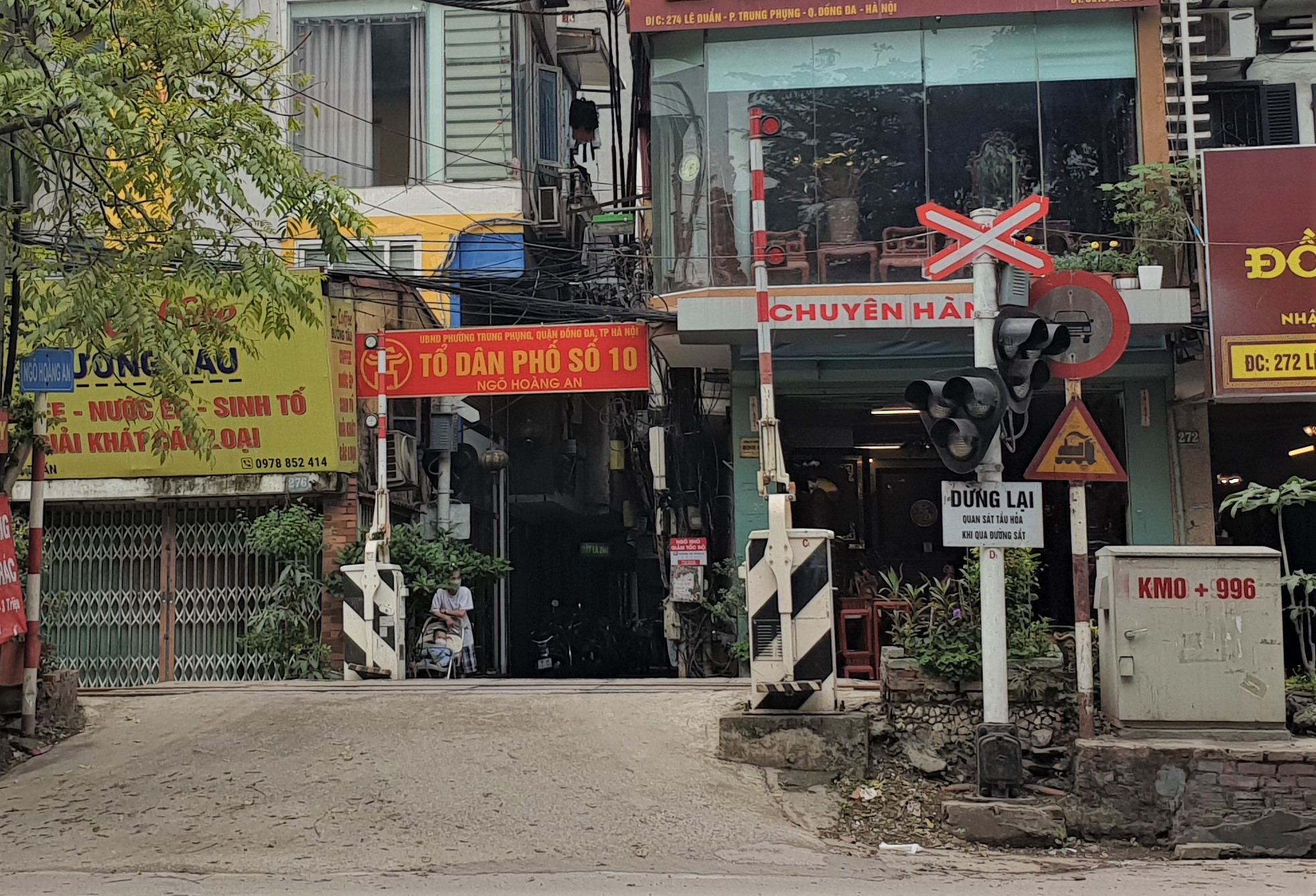
Newly built level crossings must ensure conditions regarding plan, location, and technique (Photo: Automatic warning level crossing with automatic barrier installed).
Regarding the authority to grant, extend, revoke, and cancel construction permits, renovation and upgrading of level crossings, and decide to abolish level crossings; Circular 29 stipulates that the Vietnam Railway Authority grants, extends, revokes, and cancels construction permits, renovation and upgrading of level crossings on national railways; and decides to abolish level crossings on national railways.
Vietnam Road Administration issues, extends, revokes, and cancels construction permits, renovations, and upgrades of level crossings on specialized railways related to national highways; decides to abolish level crossings on specialized railways related to national highways.
Regarding local authority, Circular 25/2018 stipulates that the provincial Department of Transport is the competent authority. Circular 29 now stipulates that the authority is the agency under the decentralization and authorization of the provincial People's Committee: Granting, extending, revoking, canceling construction permits, renovating, upgrading, deciding to abolish level crossings on specialized railways related to provincial roads, district roads, commune roads, urban roads and specialized roads within the scope of management.
Source: https://www.baogiaothong.vn/quy-dinh-moi-ve-duong-ngang-qua-duong-sat-192231101181151272.htm



![[Photo] Cat Ba - Green island paradise](/_next/image?url=https%3A%2F%2Fvphoto.vietnam.vn%2Fthumb%2F1200x675%2Fvietnam%2Fresource%2FIMAGE%2F2025%2F12%2F04%2F1764821844074_ndo_br_1-dcbthienduongxanh638-jpg.webp&w=3840&q=75)










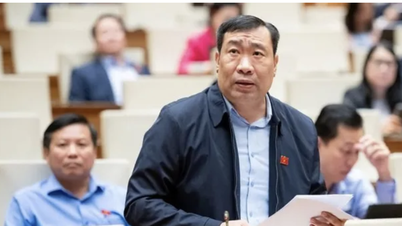

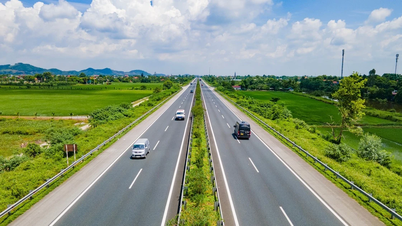

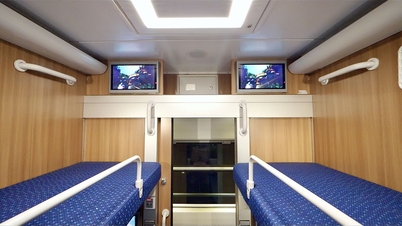

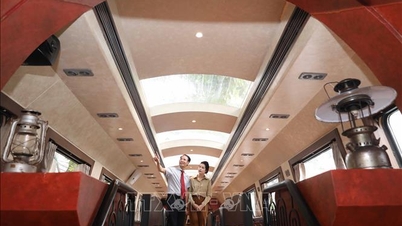




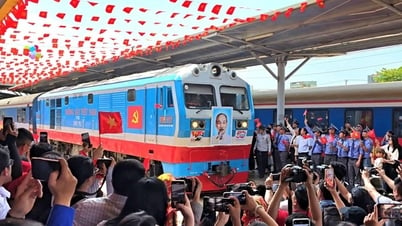














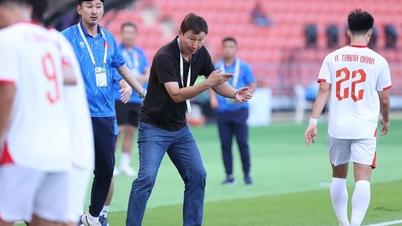



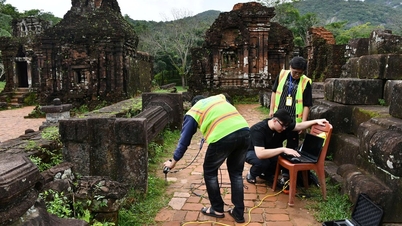

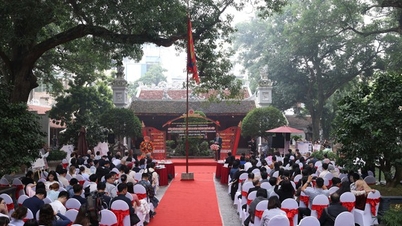











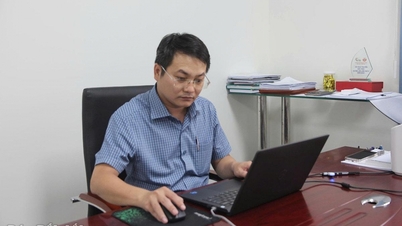






![[VIMC 40 days of lightning speed] Hai Phong Port determined to break through, reaching the target of 2 million TEUs by 2025](https://vphoto.vietnam.vn/thumb/402x226/vietnam/resource/IMAGE/2025/12/04/1764816441820_chp_4-12-25.jpeg)


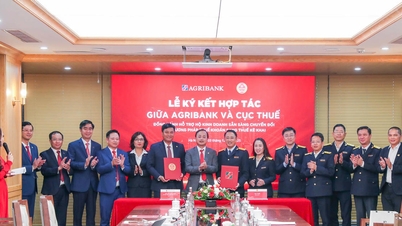









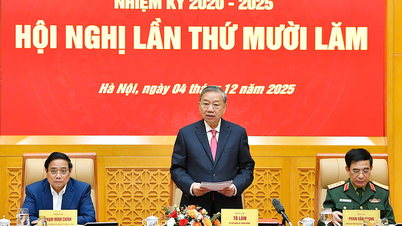

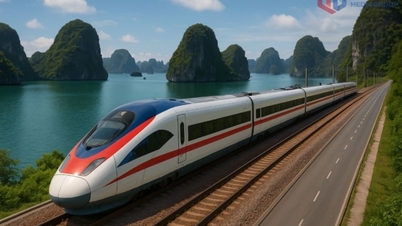

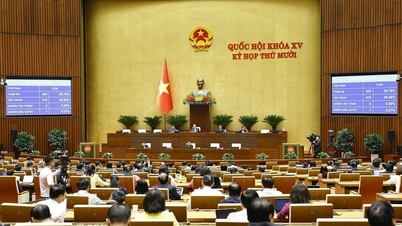


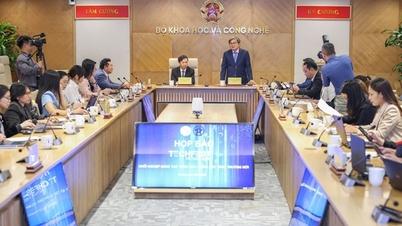




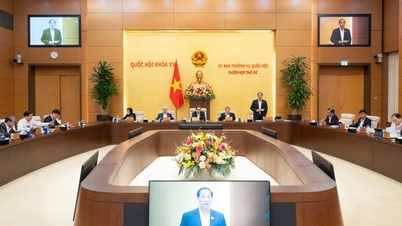
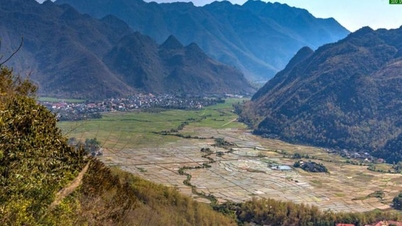
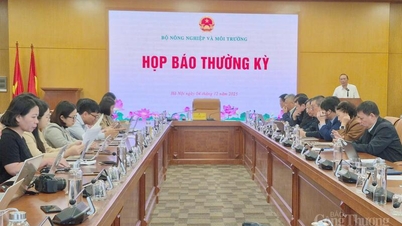
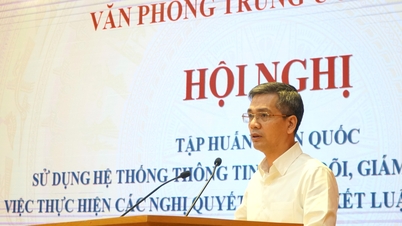




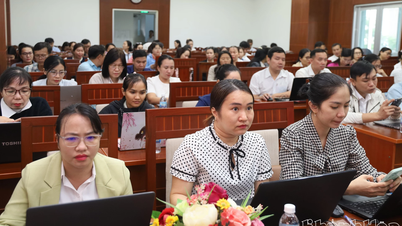





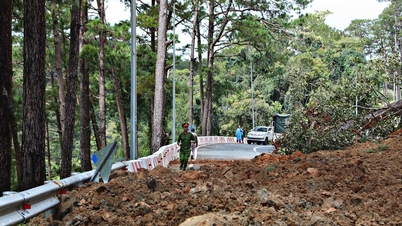














Comment (0)